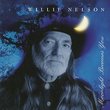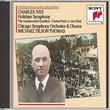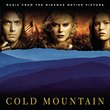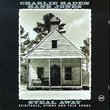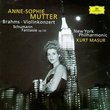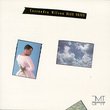| All Artists: Erik Satie, Aldo Ciccolini Title: Satie: Piano Works Members Wishing: 0 Total Copies: 0 Label: EMI Classics Release Date: 1/23/1992 Genre: Classical Styles: Ballets & Dances, Ballets, Baroque Dance Suites, Forms & Genres, Sonatas, Theatrical, Incidental & Program Music, Instruments, Keyboard, Symphonies Number of Discs: 2 SwapaCD Credits: 2 UPC: 077776728223 |
Search - Erik Satie, Aldo Ciccolini :: Satie: Piano Works
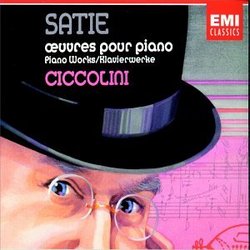 | Erik Satie, Aldo Ciccolini Satie: Piano Works Genre: Classical
It's simple: in his various realizations of the piano music of Erik Satie, Aldo Ciccolini set a standard that has yet to be bettered. This compilation, drawn from recordings made between 1966 and 1971, is consequently the ... more » |
Larger Image |
CD DetailsSynopsis
Amazon.com It's simple: in his various realizations of the piano music of Erik Satie, Aldo Ciccolini set a standard that has yet to be bettered. This compilation, drawn from recordings made between 1966 and 1971, is consequently the best of the best. Ciccolini always played Satie's music as though it had been written by Claude Debussy, not by some cheap charlatan or uneducated primitive (which, to an extent that is still debatable, Satie was). The result is that these seemingly simple piano pieces acquire a tonal allure that is as surprising as it is undeniable. They possess an understated sophistication that points directly toward Ravel and Poulenc, at the same time providing an opening to the minimalist aesthetic of the later 20th century. Ciccolini's playing is pliant and graceful, and under his fingers the music seems to breathe and come alive. What more could a composer or a listener want? --Ted Libbey Similarly Requested CDs
|
CD ReviewsAnd now for something different Steven J. Bissell | Denver, CO USA | 08/07/2001 (5 out of 5 stars) "Erik Satie was a bit of a rebel and his influence is probably more noticed today than during his life. His composition often sound more like jazz of the 1990s than classical music of the late 1800s. Even in his titles he rebeled against the trend to give compositions sweet titles and chose instead such things as "Jack in the Box," or "dried fetuses." His intent was not, in my opinion, to shock, as his music is not at all shocking, but to jar the musical establishment away for from "traditional" thinking.This recording is, to my knowledge, one of the few with all of the sixty piano pieces. Usually a few are left out. Aldo Ciccolini does a marvelous job on this music. There is no attempt to doll it up with unnecessary flourishes, all of the pieces are played straight ahead.This music is not for everyone. However, if you have an interest in very good piano music and an appreciation for the roots of modern music, you will love these CDs." Pure magic Alejandra Vernon | Long Beach, California | 07/27/2000 (5 out of 5 stars) "For my taste, no one comes close to interpreting Satie as superbly as Aldo Ciccolini. He plays with such purity, delicacy and feeling, and strength and power when the music calls for it. My favorite Satie compositions are the "Gnossiennes" and here you get all 6 of these exquisite pieces (most CDs only have the first 3) played to perfection. The enclosed booklet says that "Satie escapes all definition and classification". He was truly one of a kind, inimitable, inspiring...there is a corner of my soul that only Satie can satisfy. On the practical side, this CD set has nearly 2 1/2 hours of music at a great price on amazon.com, and the case has 2 separate sections, not one of those annoying flaps to lift in order to get out the 2nd disc. This is a terrific package from every angle, and if you like Satie, this one's a must to own." There's only one. Eric E. Stewart | Camas, WA United States | 06/26/2004 (5 out of 5 stars) "If you're reading this, you've already heard Satie's music, so I needn't to go into that. I do want to say that this is the only recording of Satie that is worth hearing. Ciccolini is the only foot that will fit the Satie glass slipper. Don't waste your money on the ugly step-sisters."
|

 Track Listings (32) - Disc #1
Track Listings (32) - Disc #1